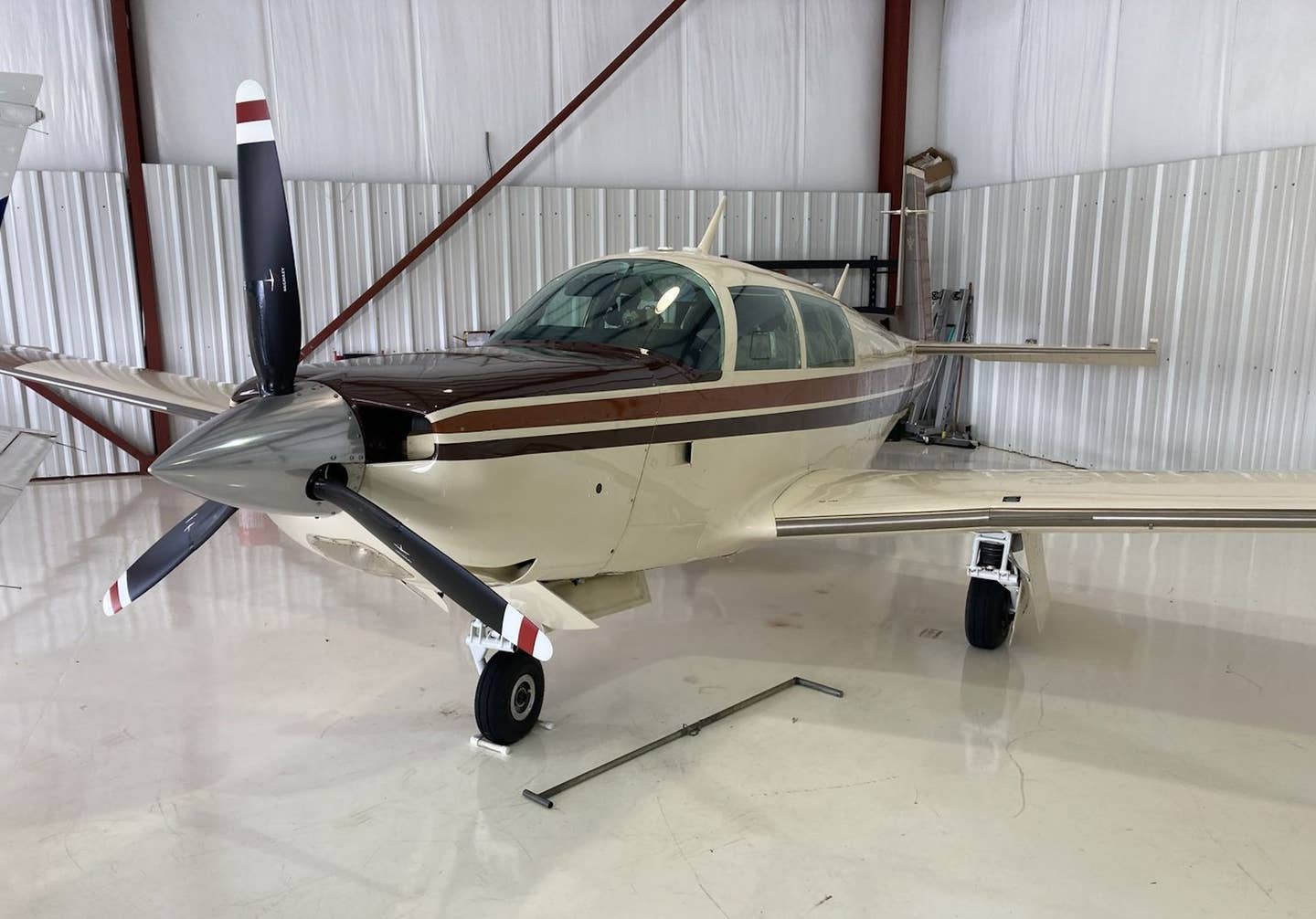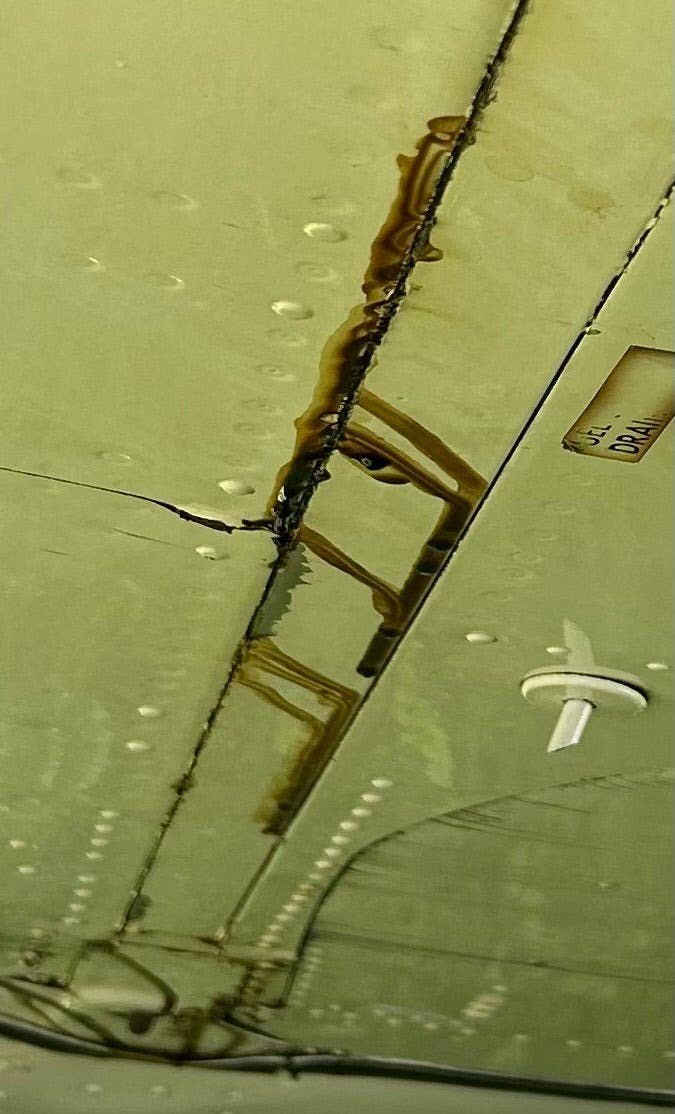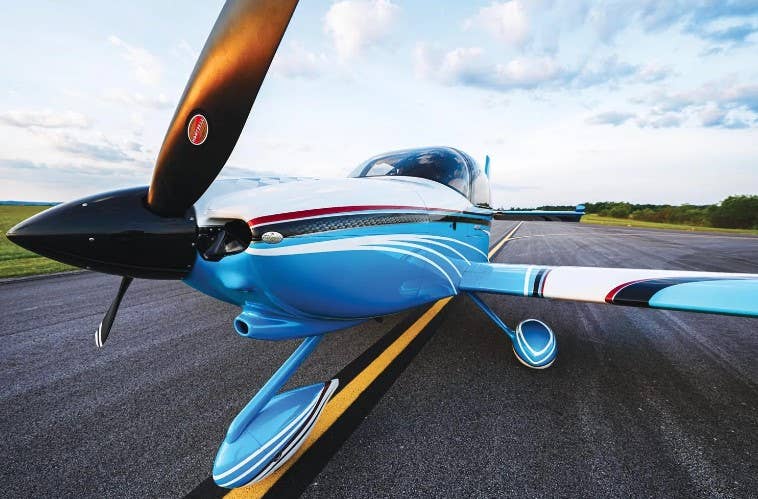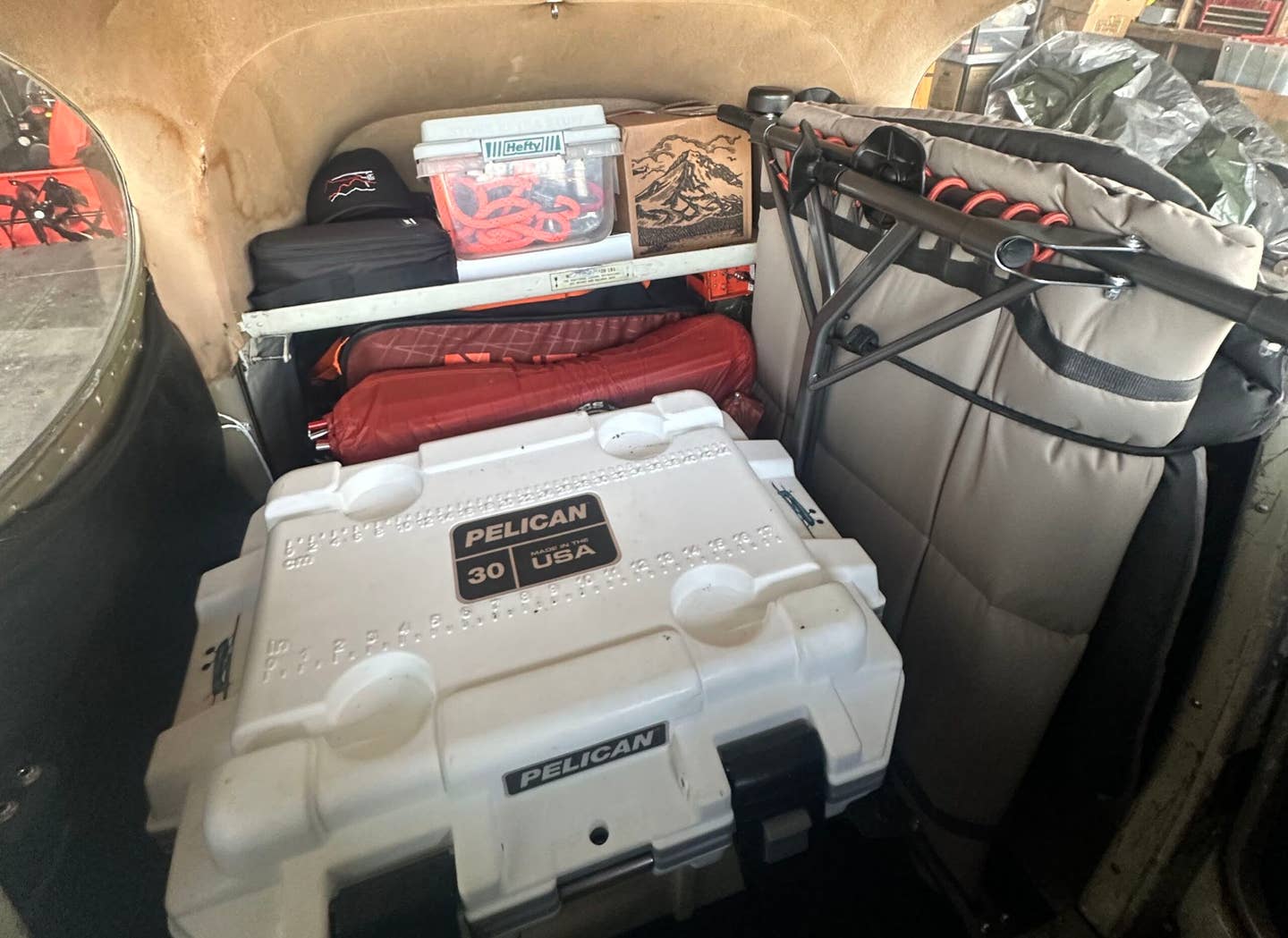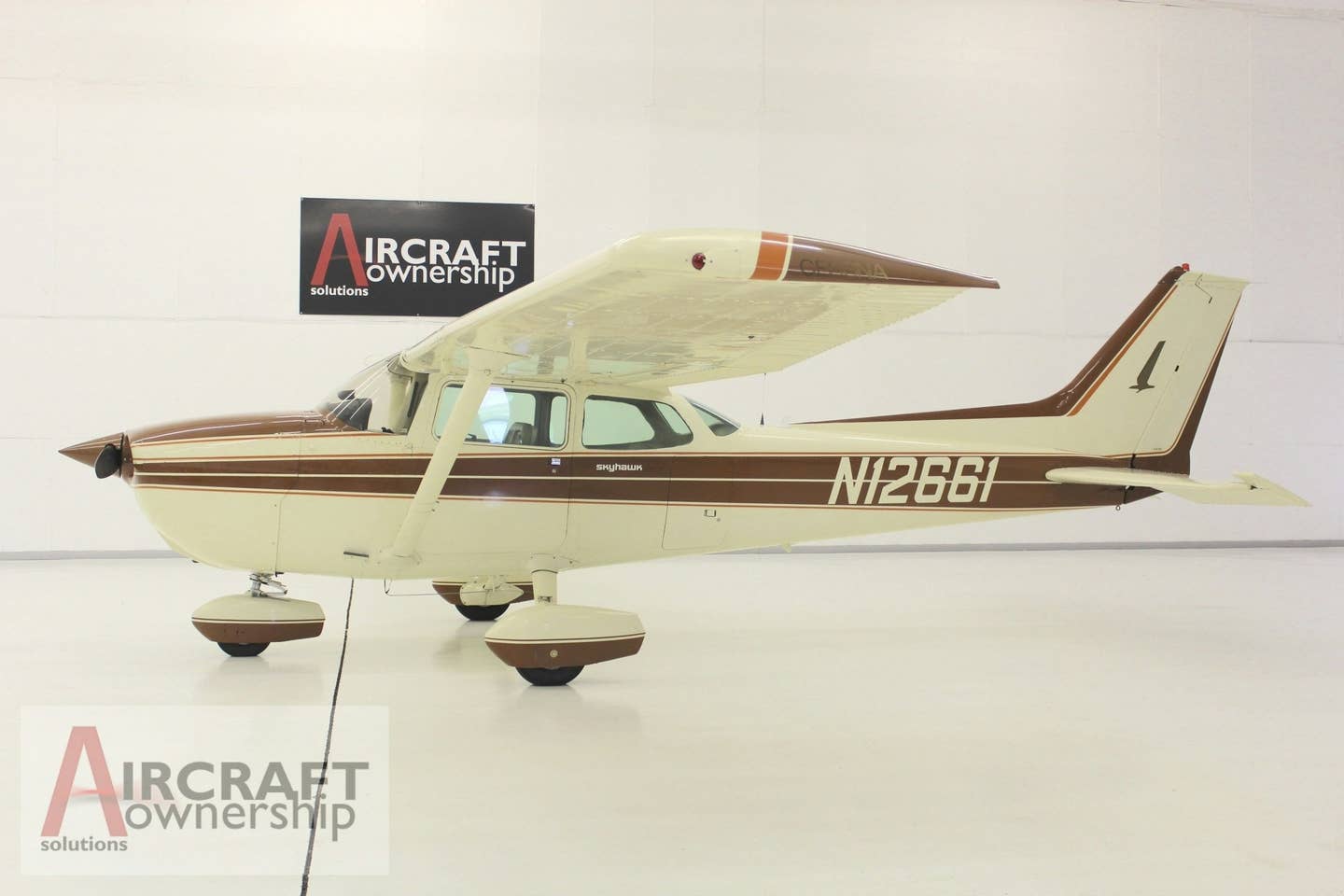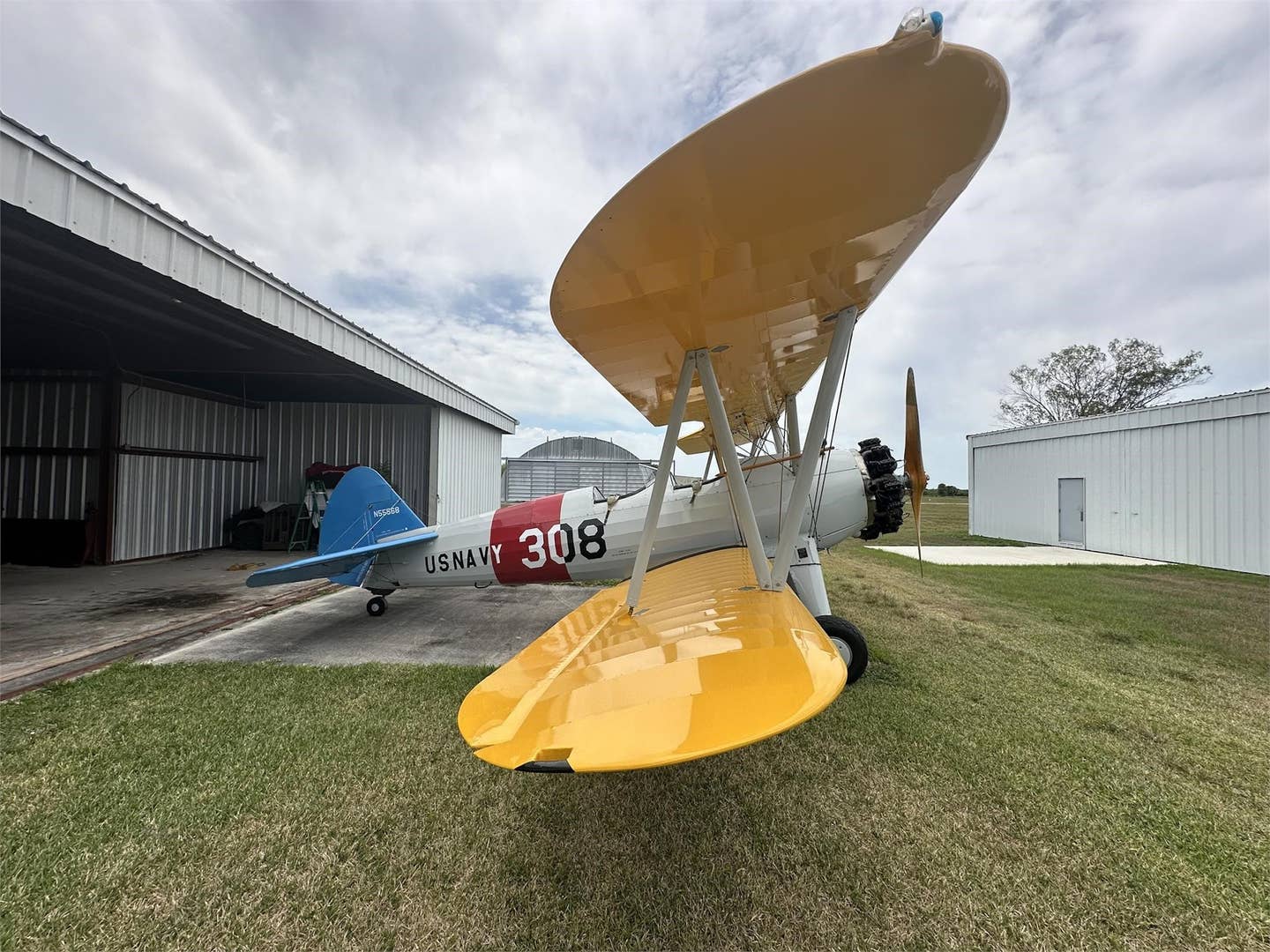The Diamond Aircraft Story Continues to Evolve
Diamond Aircraft launched its first single-engine piston airplane into the European market in 1992 with the two-seat Dimona—later Diamond—DV20 Katana, powered by a Diamond Wankel engine.
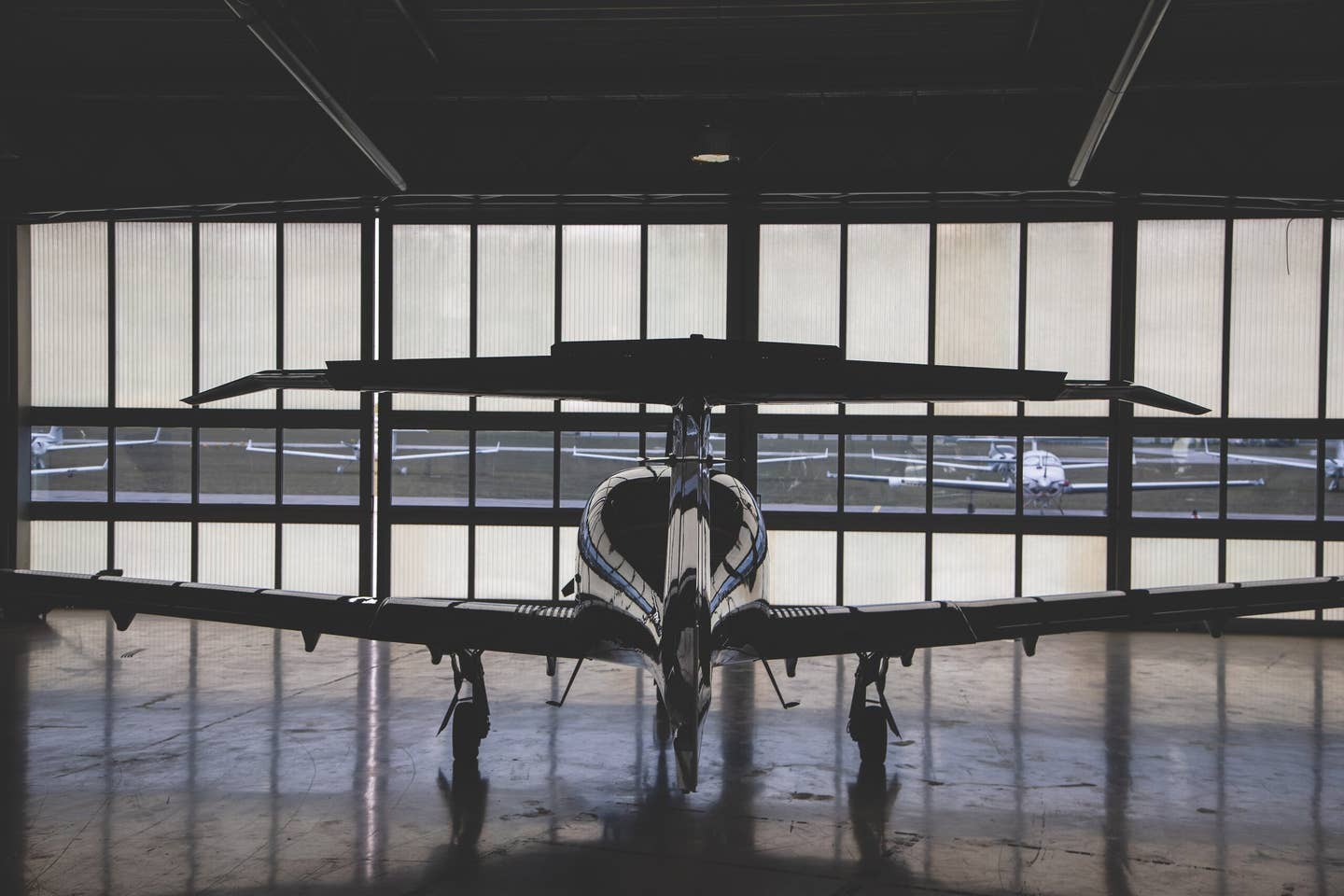
The Diamond DA50 RG awaits the day in the delivery hangar at the company’s headquarters in Wiener Neustadt, Austria. [Credit: Jim Payne]
Diamond Aircraft launched its first single-engine piston airplane into the European market in 1992 with the two-seat Dimona—later Diamond—DV20 Katana, powered by a Diamond Wankel engine. It made only a minor splash when a Rotax 912-powered DA20-A1 version was produced in Ontario, Canada, and introduced into the Canada and U.S. markets in part because the training market was still entrenched and married to more traditional powerplants, such as the Continental O-200, and the IO-240 that replaced the Rotax in “Evolution” and “Eclipse” versions produced alongside the DA20-C1. The DA20s formed the basis for the four-seat DA40, also known as the Diamond Star.
While the company’s design philosophy driving towards higher levels of safety isn’t unique, its approach is. Crashworthiness is key—particularly in the containment of fuel in order to mitigate fire conflagration following an accident that breaches tank-carrying parts of the airframe. Isolation of the tank between spars and thoughtful placement of fuel lines have thus far resulted in an excellent post-accident safety record with a low fire risk. Perhaps introducing fuel to a gliding airframe that had none of it before made early engineers particularly conscious of its objective hazards.
Also, the aircraft across the model range tend to be excellent gliders—not a surprise, given the company’s heritage. While the DA20s and DA40s use washout to capture low-speed performance, the light twins use winglets. Comparatively speaking, the DA50 RG’s are rather short and sweet—and VGs ahead of the aileron on the leading edge of the outboard wing section keep airflow attached over the control surface throughout the stall. Roll response during the stall condition proved this out.
All-composite construction lends a lightness of being, and this too began with the H36/ HK36/DA20s and finds a high level of expression in the DA50 RG with its complex curves and bubblicious cabin. We took a tour through the factory, and it all begins in the Diamond Aircraft Industries Composite facility. Most of the DA50 RG is formed from wet lay-up prepreg carbon fiber material with a small percentage from dry vacuum process for parts that need to be transparent. The production lines in Wiener Neustadt put DA50 RGs combined in the same line with DA42s and DA62, withthe DA40 traveling alongside in a separate line. More production takes place in London, Ontario, at DAI Canada, of the DA42, DA62, and DA40.
WATCH: We Fly the Diamond DA50 RG
At present, all DA20s are built in China—the model has held Chinese type certification since 2004—under license from DAI’s parent company, Wafeng Aviation Industry Co., Ltd. to Wuhu Diamond, Ltd.. Co-founder Christian Dries sold DAI (including DAI Austria, DAI Canada, and Austro Engines GmbH) in late 2017 upon his impending retirement, with no relatives ready to take the helm. But he maintains his connection with the company—as he came in for lunch at the attached Katana Kafe during our late April visit, a regular sight.

Subscribe to Our Newsletter
Get the latest FLYING stories delivered directly to your inbox

